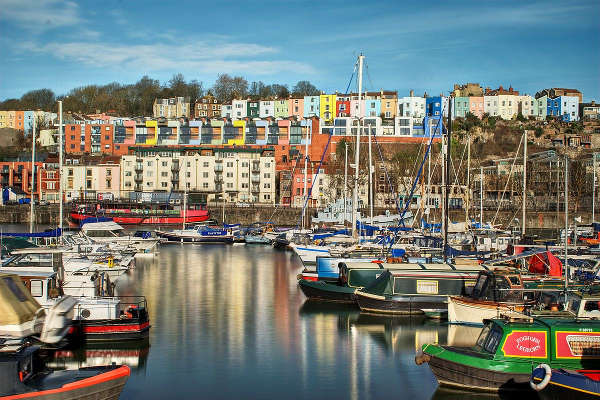Bristol is the largest city in the south west of England. A vibrant multicultural university city with over 400,000 inhabitants. With such a mishmash of culture and history you will find a wide range of activities and landmarks for all interests in this wonderful city.
Often referred to as a “mini London”, Bristol is located just 120 miles west of the capital and has much the same vibe and lifestyle, but with a lot less of the stress and bustle of London. Bath Spa is about 12 miles to the east of Bristol, where you will find another wonderful city.
Bristol has been a wealthy trading port since the Roman era and played an important role in the maritime cotton, wine and tobacco trades. From the late 1600’s to the early 1800’s, Bristol was involved in slave trade and this sinister side of Bristol’s history is still a controversial and hotly debated topic today.
Bristol is known as the ‘Birthplace of America’ thanks to John Cabot’s expedition in 1497. Cabot set sail from Bristol in his ship the Matthew to help ‘discover’ North America. A replica of the Matthew is located on the Bristol floating harbour and you can go onboard for free, where you can view the Bristol harbour from the best possibly location.
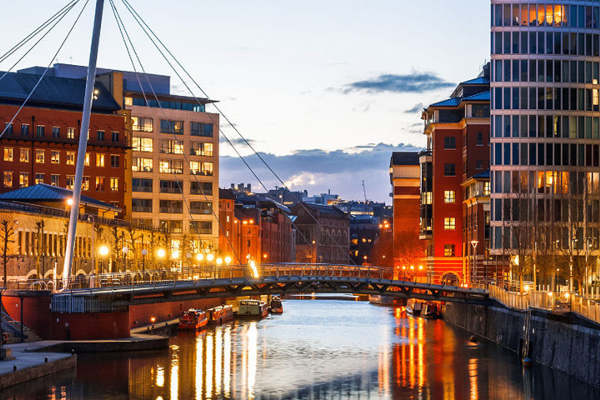
The Pirates of Bristol
I am not talking about local football team, Bristol Rovers, who are nicknamed “the pirates”. I am referring to another of Bristol’s history of piracy, or to be more precise, the famous pirates who often frequented the city due to its busy port activity.
It was estimated that around 20% of the pirates operating in the Caribbean during the 18th century were from Bristol. The most notable of these was the infamous pirate Captain Blackbeard (Edward Teach/Thatch/Drummond). Blackbeard’s birthplace and childhood home, 10 Guinea Street (c. 1680), is still standing near the Bristol harbour-side. Blackbeard also had a hideaway cave under St. Mary Redcliffe church and legend has it that Blackbeard frequented one of Bristol’s oldest taverns, the Llandoger Trow.
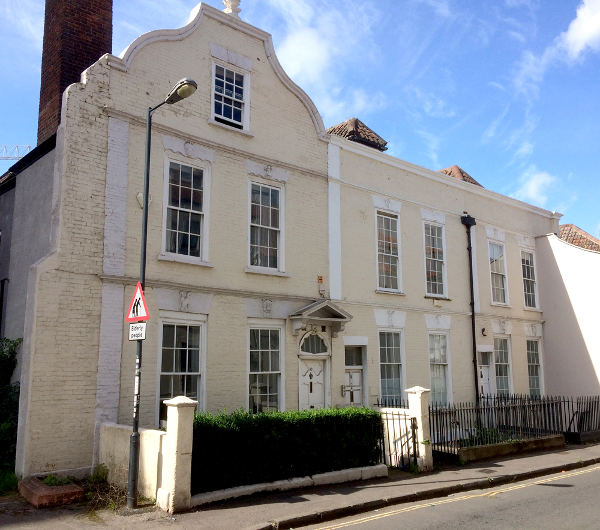
The Llandoger Trow dates back to 1164, and Blackbeard was not the only famous patron to grace this spooky establishment. Daniel Defoe met Alexander Selkirk in the Llandoger and used him as inspiration for Robinson Crusoe. Robert Louis Stevenson’s used the tavern as his inspiration for the Admiral Benbow in Treasure Island.
There is a pirate walk available in the city which will show you Bristol’s legendary pirate history and as many of the locations in Treasure Island are based on Bristol locations, you can also take a Treasure Island trail.
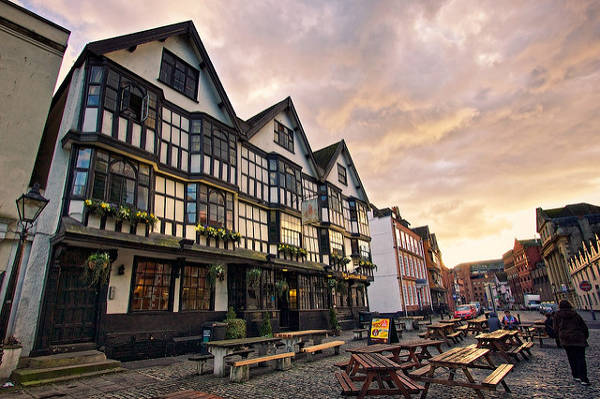
Urban Art
Bristol has a thriving urban art scene with an annual graffiti festival, Upfest, which takes place across Bedminster and the city centre in July. Without question, Bristol’s most famous urban artist is the mysterious Banksy, but the city has spawned artists of equal artistic talent such as Robert Del Naja (3D from Massive Attack), Tom ‘Inkie’ Bingle, Nick Walker, Cheo, and Cheba.
You can find street art on many buildings, bridges, back alleys, and underpasses across the city. Some of the most popular locations for viewing street art include Nelson Street, Stokes Croft, Easton, and Bedminster.
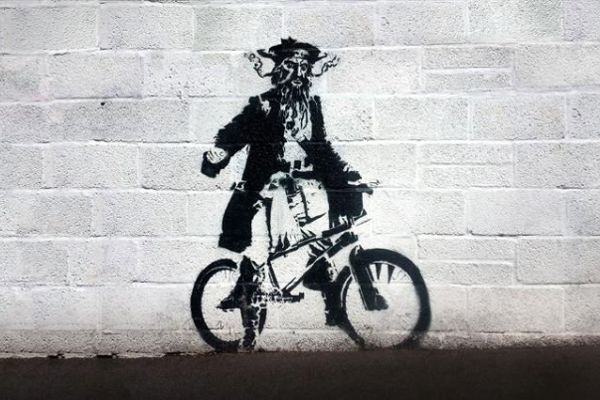
Hollywood Stars
Not many people outside of Bristol know that Hollywood legend Cary Grant (Archibald Leach) was born in Horfield, Bristol. Urban legend has it that Grant try to improvise a sneaky “alright me babber” into North by Northwest but it never made the final cut. Some say, that If you listen to his films with your head under water, you can still detect a hint of Bristolian accent. Grant’s first role in theatre was working at The Bristol Hippodrome.
The Bristol Old Vic on Kings Street is a theatre company with a world renowned drama school that has produced some of the worlds finest thespian talents. Notable alumni include academy award winners Daniel Day Lewis and Jeremy Irons, as well as well know actors Brian Blessed, Pete Postlethwaite, Gene Wilder, Patrick Stewart, and Greta Scacchi to name but a few.
The Clifton Suspension Bridge & Brunel
When I discuss Bristol with anyone who has visited the city, they always mention the suspension bridge. This is undoubtedly the cities most famous landmark. The bridge stretches 1,352 ft (412 m) across the top of Avon Gorge, connecting Clifton in Bristol to Leigh Woods in North Somerset. Designed by the legendary Victorian engineer, Isambard Kingdom Brunel in 1830, with construction beginning in 1831. The bridge construction was severely hampered by funding issues and the Bristol riots of October 1831, which would not see it resume until 1836. Unfortunately, Brunel did not survive to see the completion of the bridge, he died in 1859 after suffering a serious stroke. The bridge was completed and opened in 1864, after William Henry Barlow and Sir John Hawkshaw revised Brunels designs in 1860 to increase the width of the bridge platforms.

Brunel also designed a second bridge which is no longer in use under the Cumberland Basin, known as the tubular swivel bridge. It is currently under restoration, in an effort to preserve the bridge as an historic monument.
In 1833 Brunel was appointed chief engineer of the Great Western Railway (GWR), one of the wonders of Victorian Britain, which ran from Bristol to London. During his tenure he constructed the Great Western Railway Temple Meads Terminus, a Grade I listed Victorian passenger shed which now sits adjacent to Temple Meads station. The building is currently used as a private venue for hire.
The Great Western Hotel (now Brunel House) on St. George’s Street, Bristol was a hotel constructed by Brunel from local limestone. It was intended to accommodate passengers waiting to sail on the SS Great Western to the USA. It was reconstructed in the 1970’s but still has some of its original facade. Currently, it houses the city council and student accommodation.
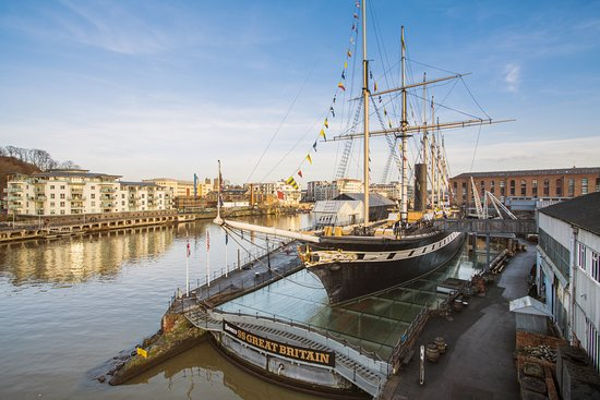
The SS Great Britain is a former passenger steamship designed by Isambard Kingdom Brunel. She was highly advanced for her time and was the longest passenger ship in the world from 1845 to 1854. The Great Western Steamship Company used the ship for its transatlantic route between Bristol and New York. She was the first iron steamer to cross the Atlantic, which she did in 1845, in the time of 14 days. You can visit the SS Great Britain at the Great Western Dockyard, Gas Ferry Rd, Bristol where she is now a museum ship, and sometimes hired out for private functions.
The Best of the Rest
- Bristol was the first UK city to be awarded European Green Capital in 2015.
- Bristol was voted Best City to Live in Britain in The Sunday Times Best Places to Live Guide 2017.
- The city was named as one of the 10 happiest cities to work in the UK by The Guardian..
- Bristol has four Michelin-starred restaurants: Casamia, The Pony & Trap, Paco Tapas, Wilks and Bulrush.

